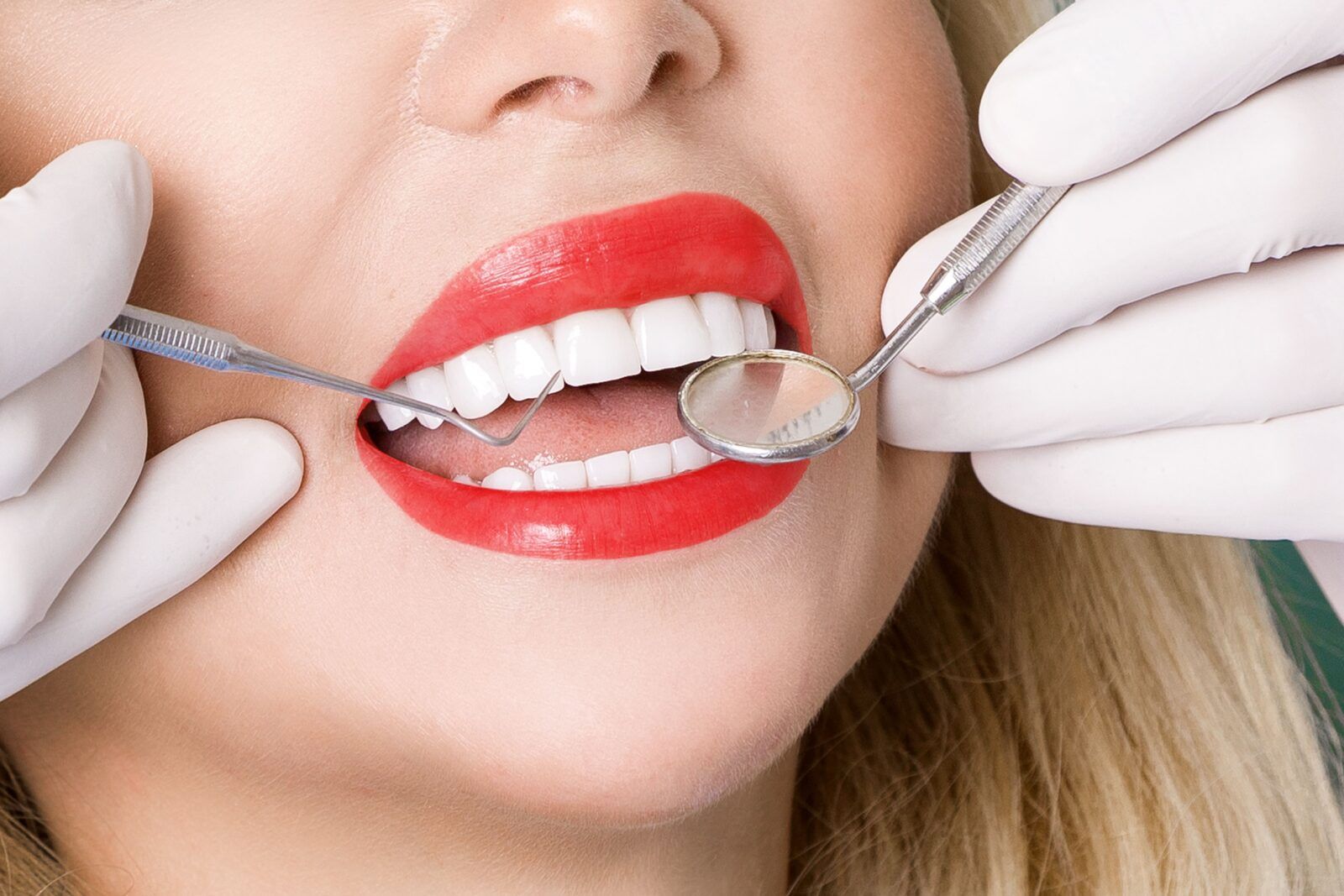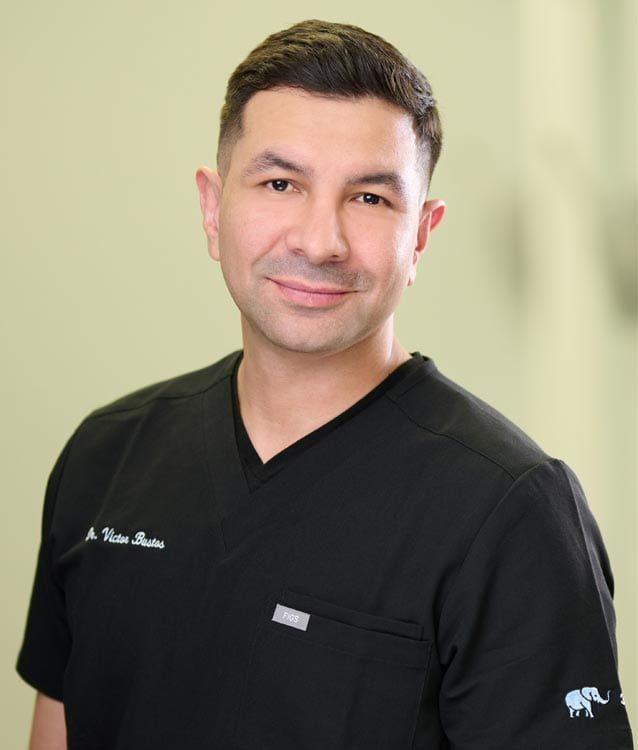Dental veneers are a popular cosmetic dentistry solution that can transform your smile by improving the appearance of your teeth. Veneers are thin shells of material, usually porcelain or composite resin, that are custom-made to cover the front surface of teeth, enhancing their color, shape, size, or length. If you’re considering veneers, it’s important to understand the different types available and their respective benefits. This guide will explore the various types of dental veneers to help you make an informed decision.
Porcelain Veneers
Porcelain veneers, also known as traditional veneers, are the most common type. They are known for their strength, durability, and natural appearance. Porcelain veneers resist stains better than resin veneers and better mimic the light-reflecting properties of natural teeth. However, they require some removal of the tooth’s surface enamel to fit properly, which makes the process irreversible.
Benefits:
- Natural appearance
- Stain-resistant
- Long-lasting (10-15 years with proper care)
Composite Resin Veneers
Composite resin veneers are made from a tooth-colored filling material that is bonded to the tooth. They are less expensive than porcelain veneers and require less enamel removal, sometimes none at all. This makes the procedure reversible if no enamel is removed. Composite veneers can be repaired if damaged and are usually completed in one visit.
Benefits:
- Cost-effective
- Less tooth enamel removal
- Repairable and often completed in one visit
Lumineers
Lumineers are a brand of ultra-thin porcelain veneers that require little to no tooth surface removal. They are about as thin as a contact lens, making the procedure minimally invasive. Lumineers can be an option for patients who desire a reversible treatment or those with minor cosmetic issues.
Benefits:
- Minimally invasive
- Little to no enamel removal
- Reversible procedure
Removable Veneers (Snap-On Veneers)
Removable veneers, or snap-on veneers, are a temporary and non-invasive option. They are custom-made to fit over the existing teeth, providing an instant aesthetic improvement without altering the natural teeth. While they are less durable than permanent veneers, they offer a quick and reversible solution for cosmetic dental issues.
Benefits:
- Non-invasive
- Instant aesthetic improvement
- Reversible and removable
Palatal Veneers
Palatal veneers are used primarily for the back side of the front teeth, often to address wear and tear, erosion, or malocclusion. They are typically made of porcelain and are less common than the other types of veneers mentioned.
Benefits:
- Protects the back side of teeth
- Addresses wear and tear or erosion
Choosing the Right Type of Veneer
Selecting the appropriate type of dental veneer involves a careful evaluation of your dental health, aesthetic goals, budget, and lifestyle. Here are some key considerations to guide you in making the right choice:
Assess Your Cosmetic Goals:
Begin by identifying what you want to correct or enhance in your smile. Whether it’s changing the color, shape, size, or alignment of your teeth, the nature of these cosmetic goals will influence the type of veneer that’s best for you.

Consult with a Dental Professional:
A thorough examination by a dentist or a cosmetic dental specialist is crucial. They can evaluate the condition of your teeth and gums, discuss your expectations, and recommend the most suitable type of veneers based on their expertise.
Consider the Durability and Longevity:
Porcelain veneers are known for their durability and can last up to 15 years with proper care, while composite resin veneers may need replacement sooner. Decide based on how long you want the results to last and how much maintenance you are willing to commit to.
Evaluate the Cost:
The cost of veneers varies significantly between the types. Porcelain veneers are generally more expensive than composite resin due to the material and labor involved. Ensure you understand the full cost, including any potential future maintenance or replacement, to make an informed financial decision.
Think About the Procedure and Time Investment:
Some veneers, like porcelain, require multiple dental visits and a more invasive procedure, while others, like composite resin or snap-on veneers, can be completed in a single visit with less tooth alteration.
Conclusion
In conclusion, dental veneers offer a versatile solution to a range of cosmetic dental issues. Whether you opt for porcelain, composite resin, Lumineers, snap-on, or palatal veneers, the key is to choose the option that best meets your needs and expectations. With the right care and maintenance, dental veneers can provide a long-lasting and stunning transformation to your smile.






